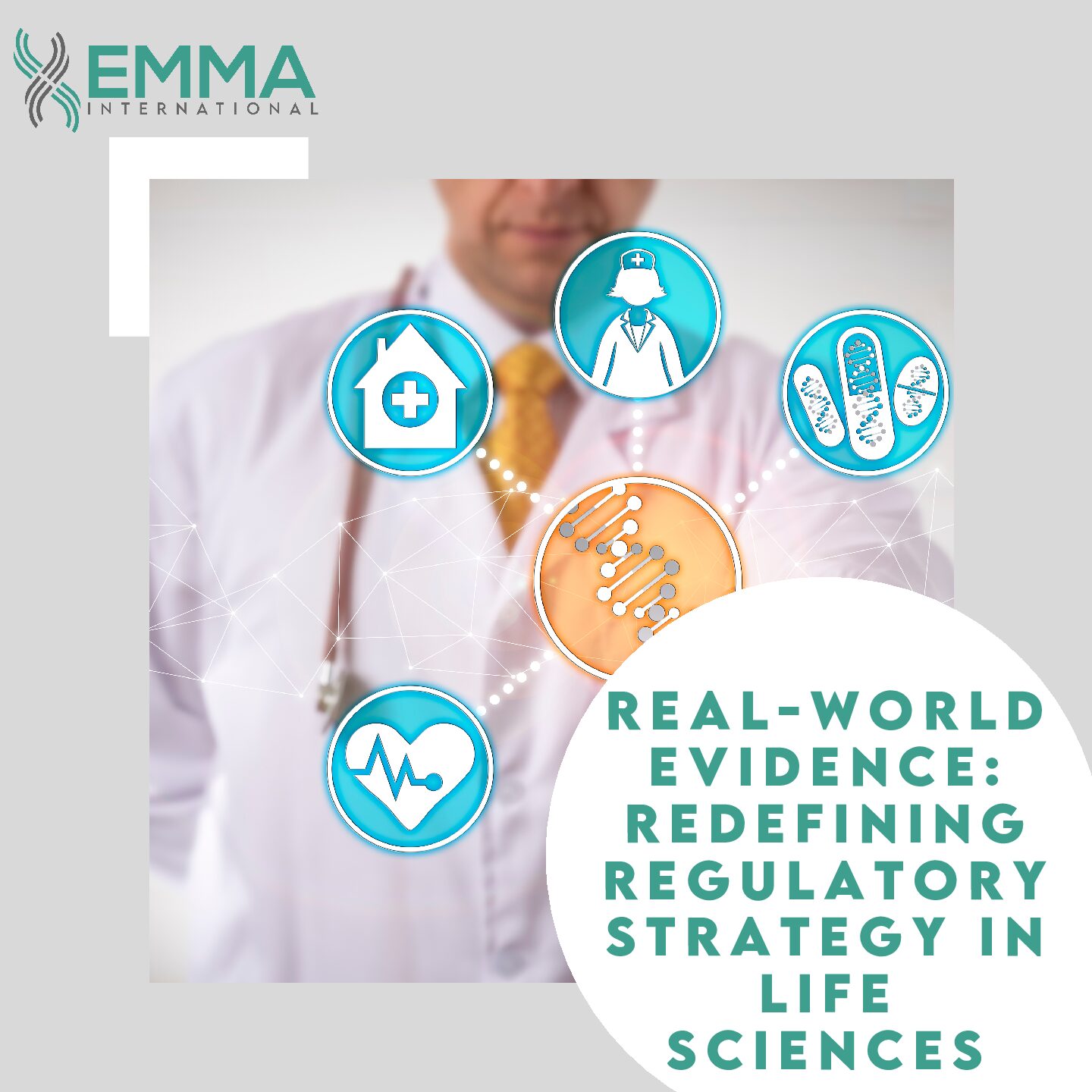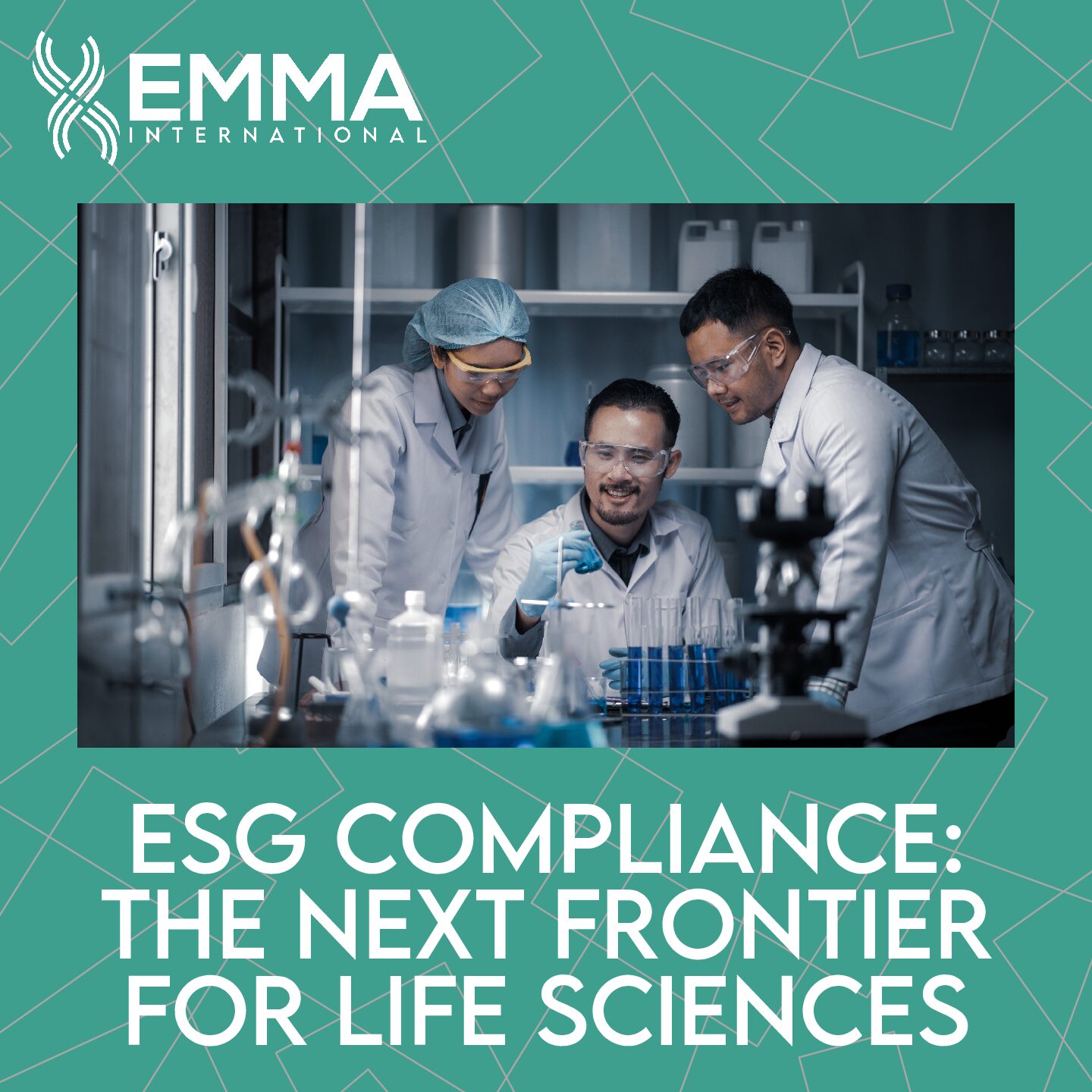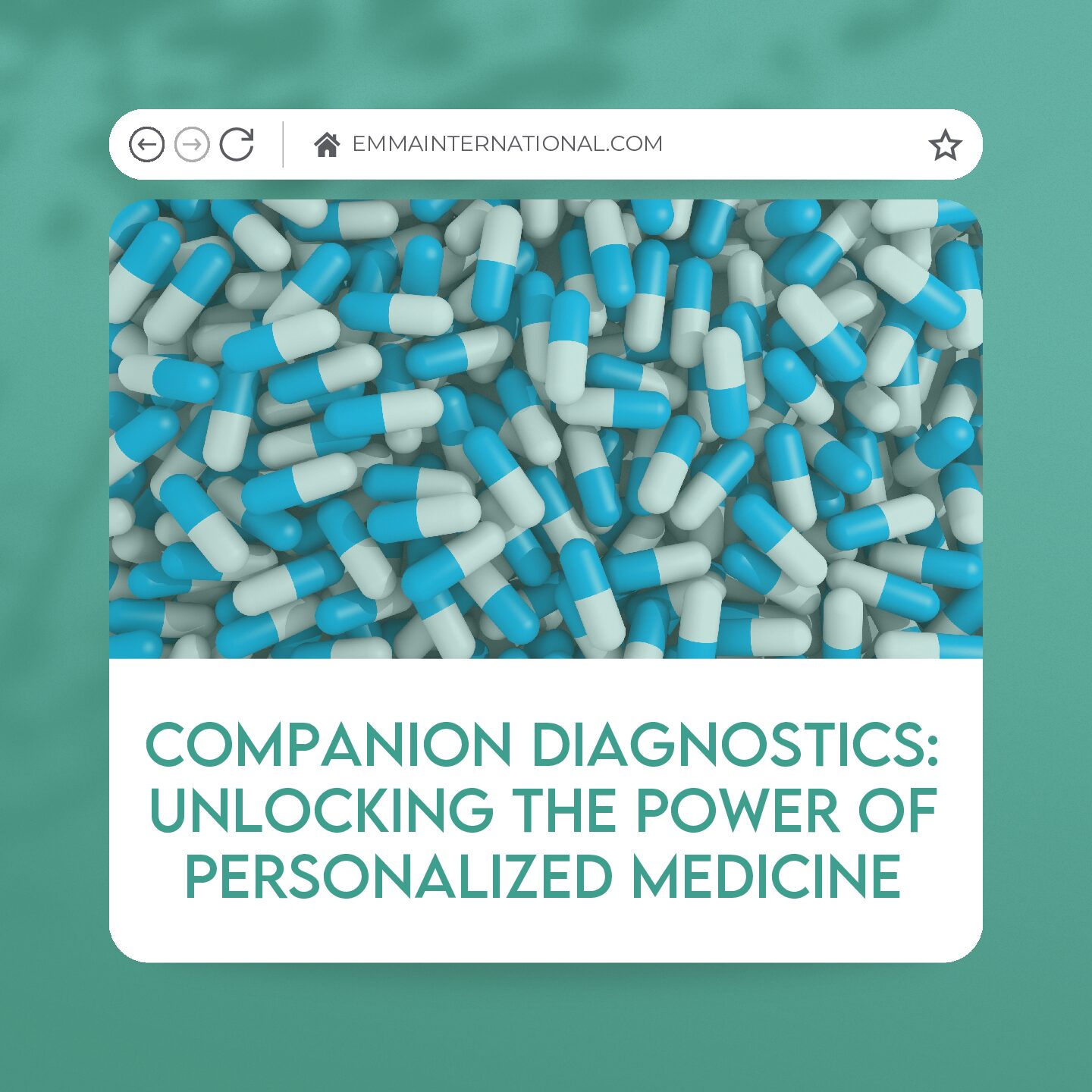As the holiday season rapidly approaches, people are preparing to gather with family and friends to enjoy their Thanksgiving turkeys. Turkeys often play a central role in the Thanksgiving meal. Historically, turkey drovers would herd large flocks of turkeys on foot to different towns for consumption [1]. In the present day, we utilize a complex supply chain of farms, processing plants, refrigerated semi-trucks, and grocery stores to bring turkeys to dinner tables across the country. But how do we ensure quality and safety of our precious Thanksgiving turkeys? Both the FDA and USDA work together to regulate meat and meat products. USDA regulates turkey meat as “amenable species” under the Federal Meat Inspection Act and Poultry Products Inspection Act [2]. For turkeys, FDA regulates facilities, additives, and packaging. There is a large body of FDA guidance documents and regulations regarding food safety, but it can be tedious to read through the hundreds of available documents. EMMA International can find answers to your food safety questions quickly.
Brining solutions, seasonings, and preservatives for turkeys are all regulated by FDA [2]. Proper labeling also falls under FDA’s jurisdiction [2]. Though, the FDA does not regulate the use of the term “organic”, the National Organic Program does [3]. Something that many people may not realize is important is turkey packaging. The packaging is crucial for keeping the meat uncontaminated and fresh. No one wants to crack open the 25 lb. bird they plan to feed their family and discover the packaging was never fully sealed and it has allowed mold to grow on the surface of the meat. It’s also important to ensure the packaging is not leaching toxic substances into the food. Toxic turkey? No thanks! Luckily the FDA has toxicology recommendations on food contact substances to prevent this [2].
Did you know the FDA has food safety tips to prevent food poisoning? [4] The FDA suggests keeping your raw turkey away from uncooked foods and using only one cutting board for raw meat [4]. Check internal turkey temperature with a meat thermometer to ensure it is up to temperature [4]. Lastly, refrigerate food as soon as possible to slow bacteria growth [4]. Don’t eat leftovers after 4 days [4]! That 5-day old turkey might sound pretty good in sandwich with some mayo, but it may not be safe to eat at that point. This Thanksgiving, make sure to give thanks to FDA for keeping our turkeys (and all our other Thanksgiving sides) safely packaged, transported, and labelled!
EMMA International can help with food safety, food facility consulting, recall support, label review, HACCP plan development, 483 and warning letter remediation, and more. Give us a call at 248-987-4497 or email us at info@emmainternational.com to learn more about how EMMA International can take the stress out of quality and regulatory compliance!
[1] Rude (2015) Why We Eat Turkey on Thanksgiving, Retrieved on 5 November 2024 from: https://time.com/4120730/thanksgiving-turkey-history/
[2] FDA (2023) FDA Regulated Meats and Meat Products for Human Consumption , Retrieved on 5 November 2024 from: https://www.fda.gov/food/meat-guidance-documents-regulatory-information/fda-regulated-meats-and-meat-products-human-consumption
[3] FDA (2022) Organic on Food Labels, Retrieved on 5 November 2024 from: https://www.fda.gov/food/nutrition-food-labeling-and-critical-foods/organic-food-labels
[4] FDA (2023) Food Safety Tips for Healthy Holidays, Retrieved on 5 November 2024 from:https://www.fda.gov/consumers/consumer-updates/food-safety-tips-healthy-holidays





